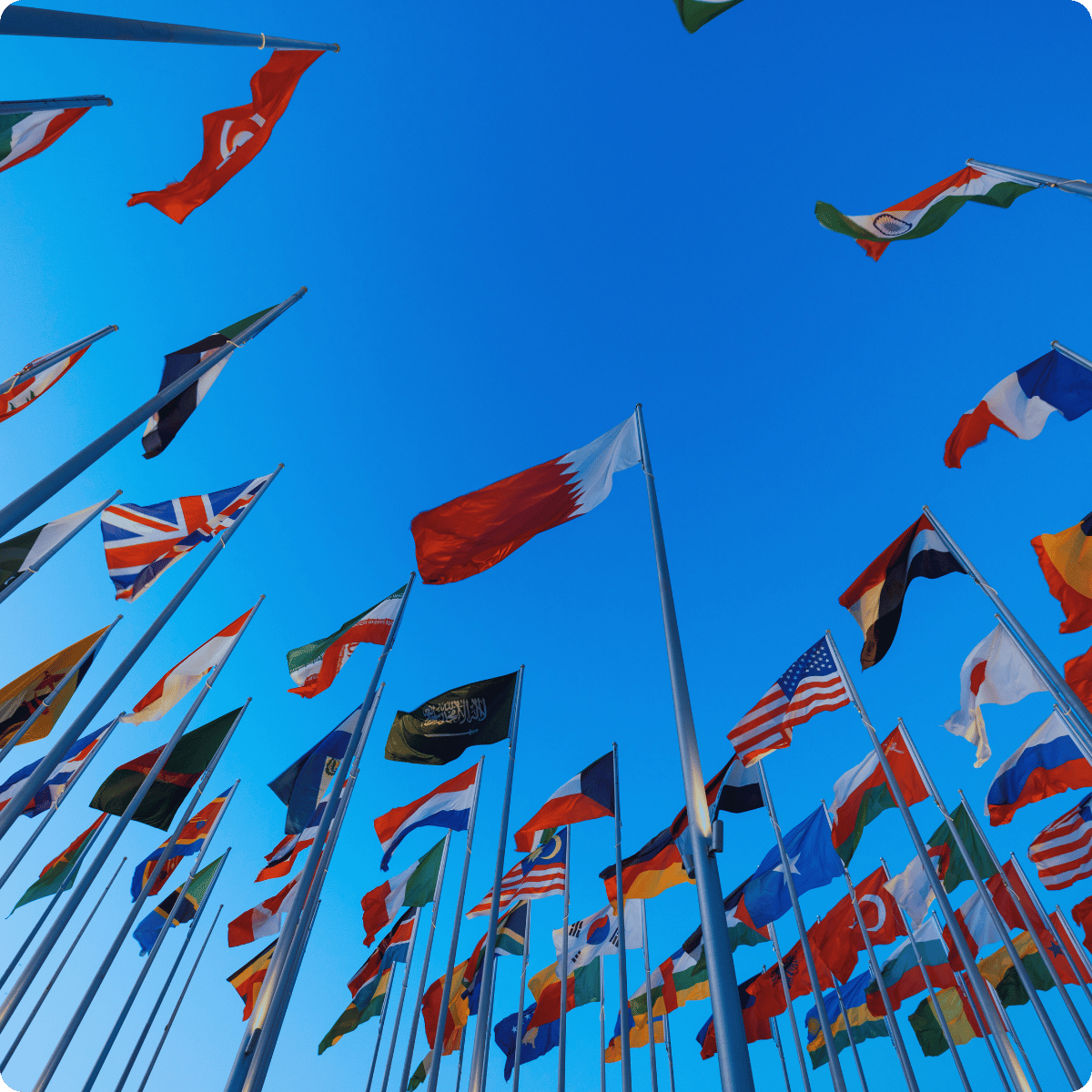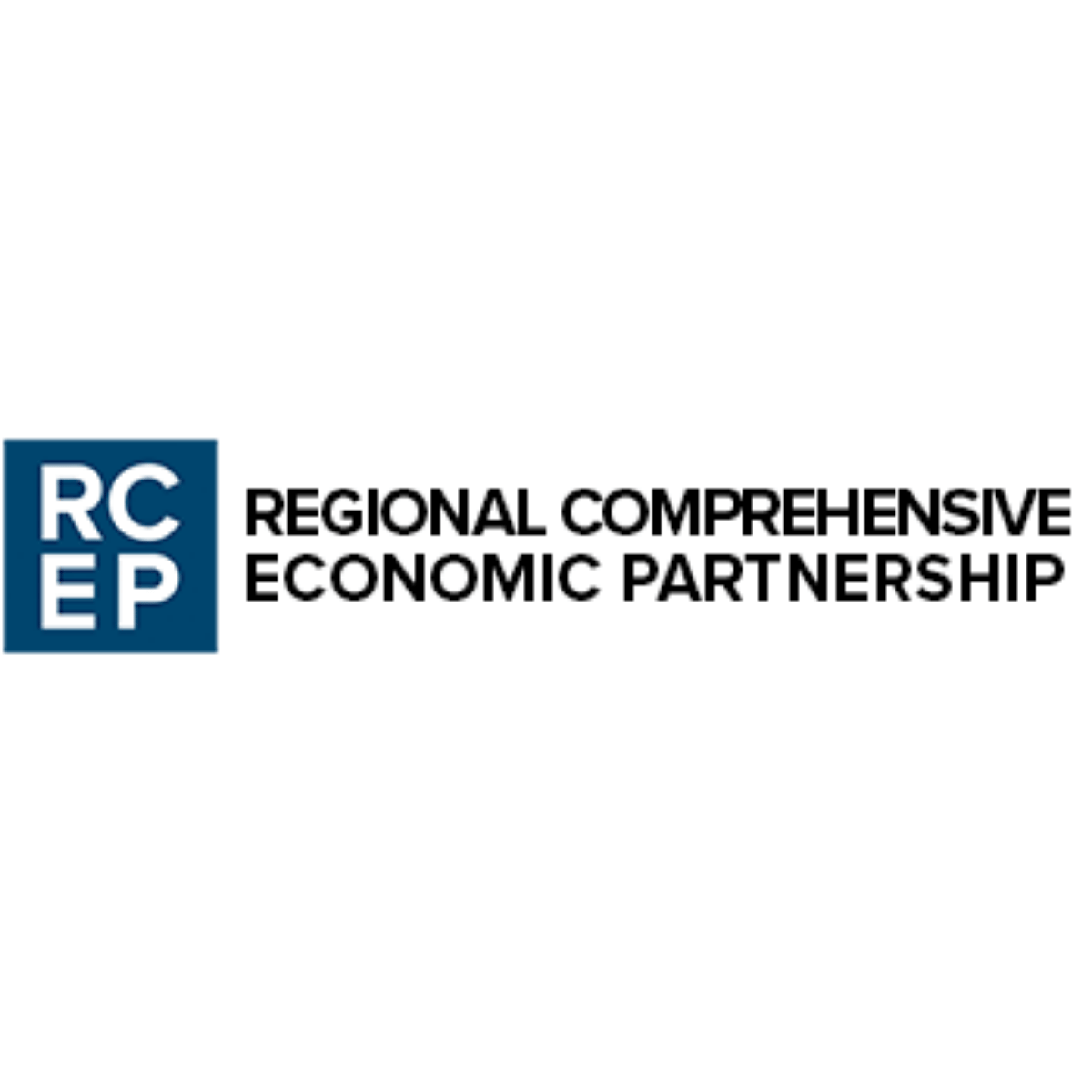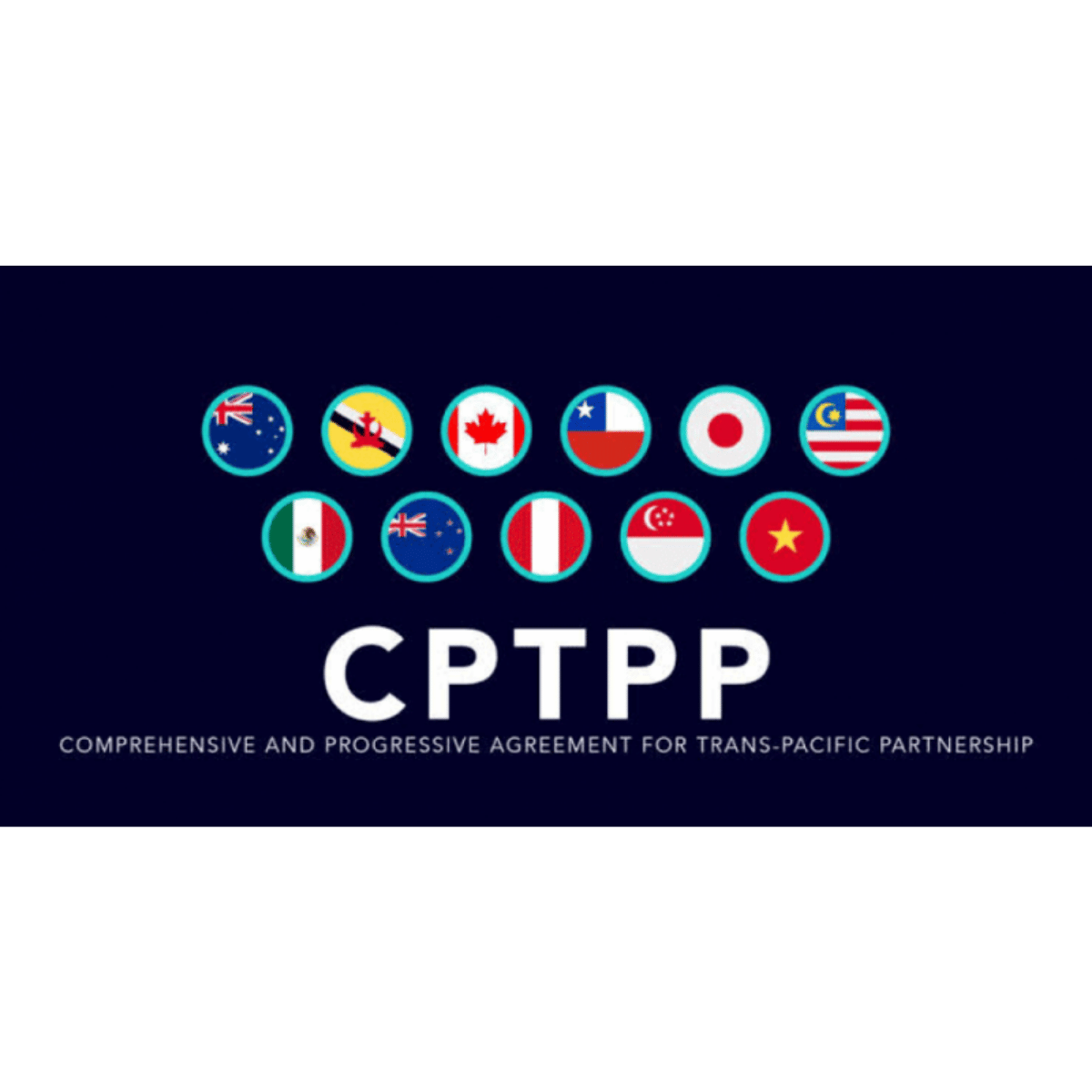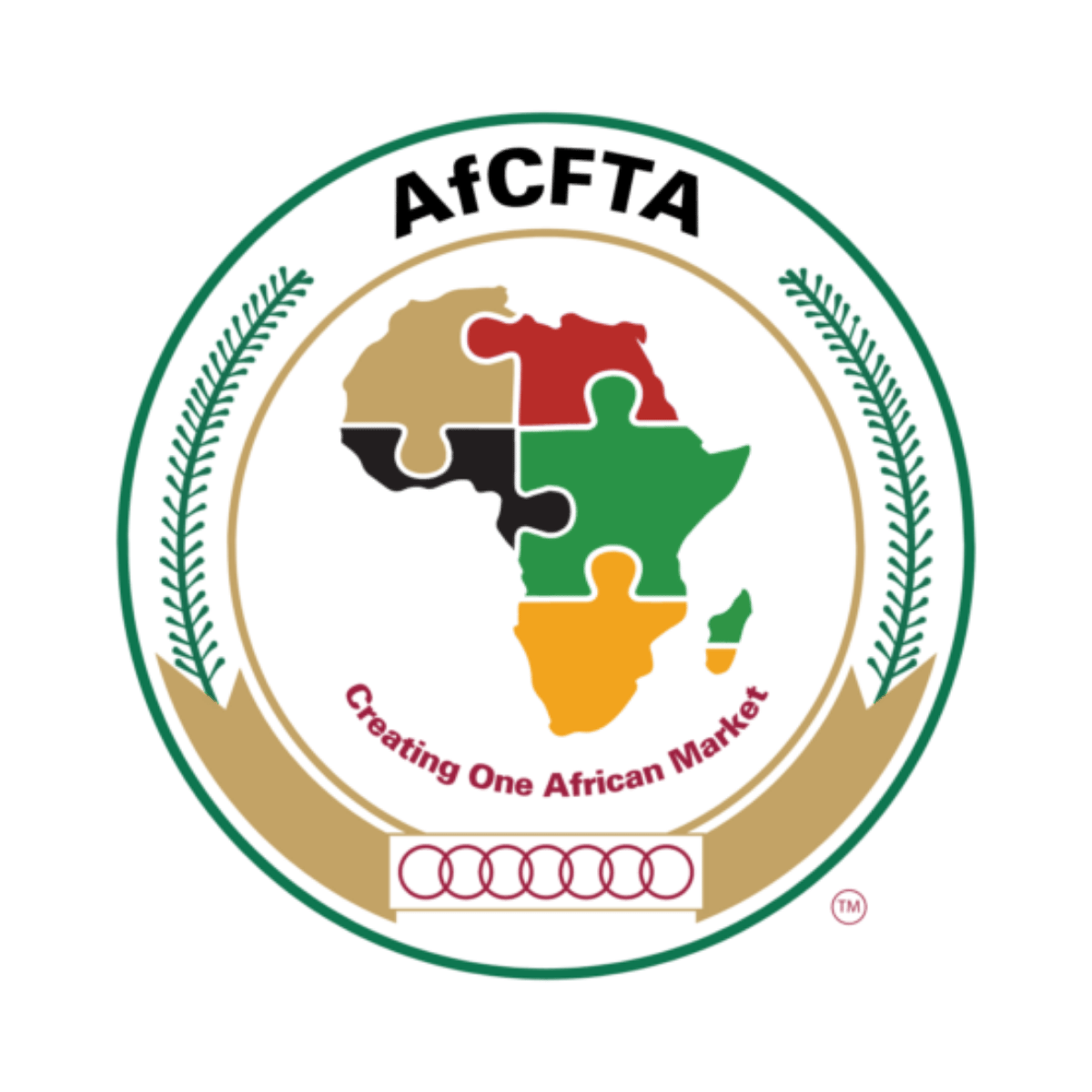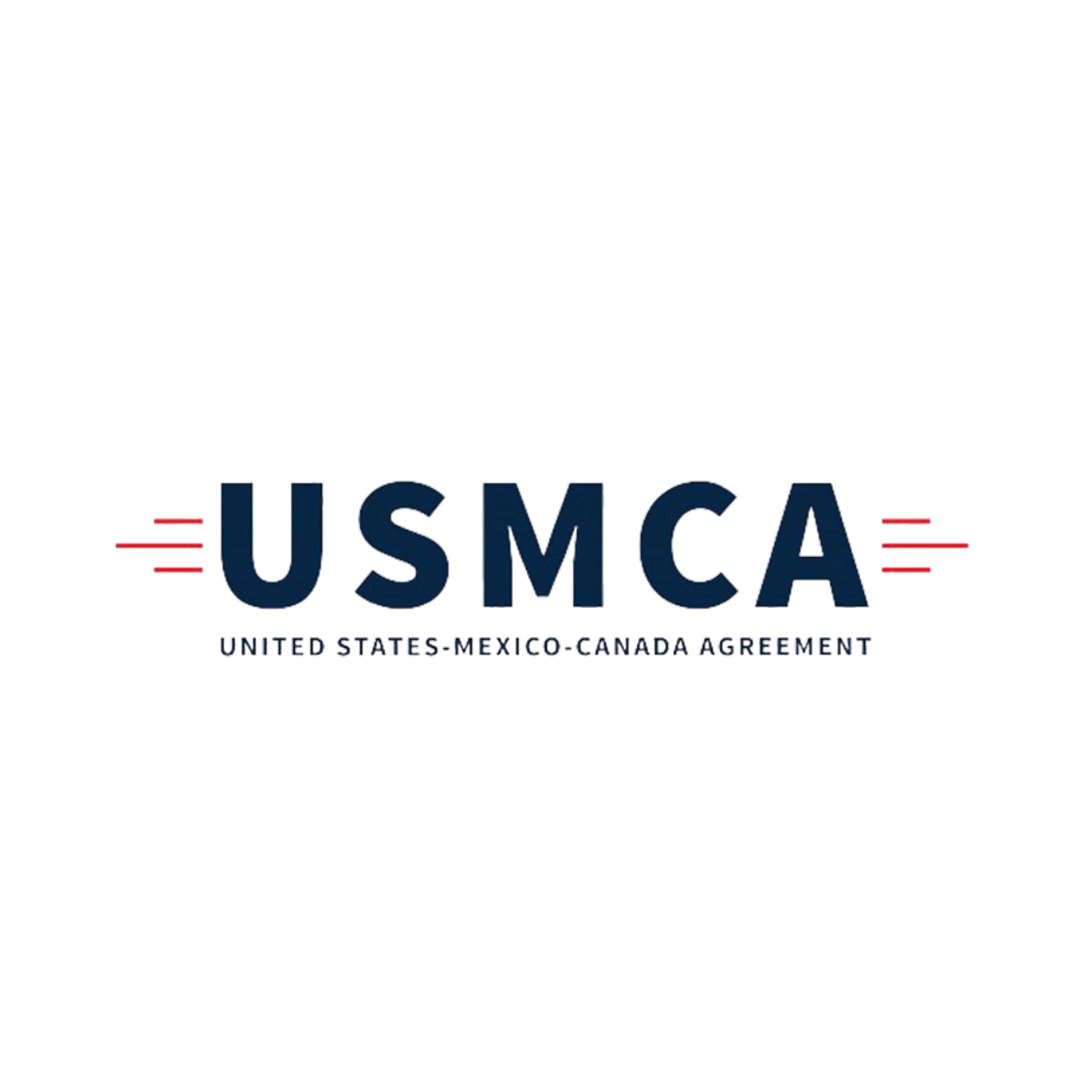In today’s interconnected world, trade blocs are crucial in facilitating economic cooperation and boosting global commerce. But what exactly is a trade bloc, and how does it impact trade relations between nations?
A trade bloc refers to a group of countries that form a cooperative alliance to reduce trade barriers and foster better economic integration among member states. These alliances primarily focus on reducing tariffs, quotas, and other trade restrictions, which makes it easier and cheaper for member countries to trade goods and services with one another. The ultimate aim of a trade bloc is to create a larger, more efficient marketplace that encourages investment, drives economic growth, and enhances cooperation between neighboring or similar economies.
What Are the Different Types of Trading Blocs?
Trade blocs vary in structure and the level of integration they offer member countries. Here are the main types of trade blocs:
1. Preferential Trading Areas (PTAs)
The most basic form of a trade bloc, Preferential Trading Areas (PTAs), allows member countries to reduce tariffs and quotas on specific goods but does not require them to eliminate all trade barriers. A notable example is the PTA between India and Chile, where over 1800 goods can be traded with reduced tariffs.
2. Free Trade Areas (FTAs)
In a Free Trade Area (FTA), member nations agree to eliminate most trade barriers between them. However, each country can still set its own trade policies with non-member nations. The United States–Mexico–Canada Agreement (USMCA), formerly NAFTA, is one of the largest FTAs, allowing free trade among the three North American countries.
3. Customs Unions
A Customs Union goes a step further by not only eliminating internal trade barriers but also adopting a common external tariff on goods from non-member countries. The Southern African Customs Union (SACU) is a customs union that includes countries like South Africa, Namibia, and Botswana, which share a common external tariff.
4. Common Markets
Common markets, such as the European Union’s single market, take the principles of customs unions further. They allow not only the free movement of goods but also of labor, capital, and services among member nations, creating a more integrated economic area.
5. Economic Unions
Economic Unions are the most integrated form of trade bloc, unifying not just the market but also economic policies, including fiscal and monetary policies. The Gulf Cooperation Council (GCC) is working towards creating a unified economic zone. Although full economic integration has yet to be achieved, member countries – including Bahrain, Kuwait, Qatar, Oman, Saudi Arabia, and the UAE – aim to synchronize economic policies, with discussions around a common currency ongoing.
The Top 10 Trade Blocs in the World
Trade blocs are critical players in the global economy. Here are the top 10 trade blocs based on global trade data from 2022-2023:
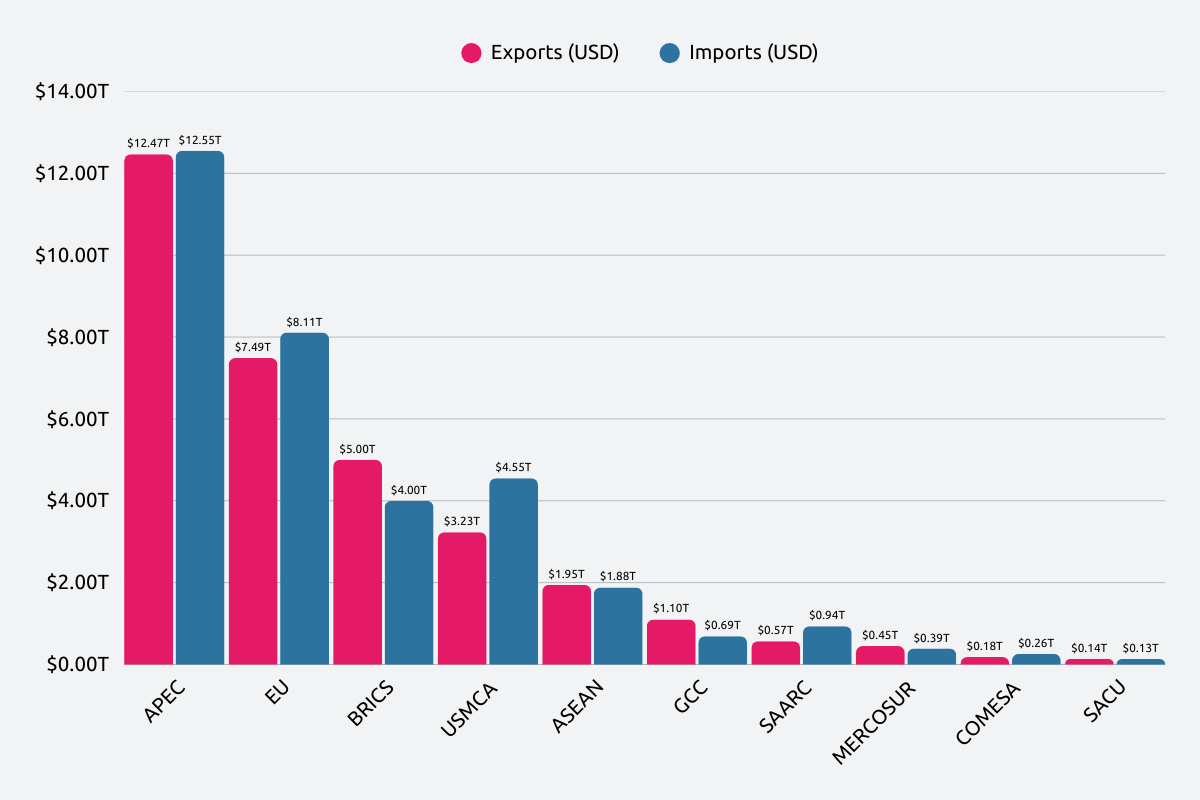
Key Trade Areas Shaping the Global Economy
Several trade agreements are altering the global trade landscape. Let’s take a closer look at some of the most impactful blocs:
Regional Comprehensive Economic Partnership (RCEP)
Launched in January 2022, RCEP is one of the world’s largest trade agreements. With 15 nations in the Asia–Pacific region, including China, Japan, South Korea, and Australia, it covers 30% of global GDP and has the potential to shape economic growth in East Asia, providing significant benefits to emerging economies like Cambodia and Vietnam. RCEP is projected to account for 35% of global GDP by 2030.
Comprehensive and Progressive Agreement for Trans-Pacific Partnership (CPTPP)
The CPTPP is a major trade agreement that includes countries like Malaysia, Singapore, Peru, and New Zealand. It aims to promote modern trade practices, emphasizing sustainability and labor standards. The UK joined in 2023 as part of its post-Brexit strategy, expanding the bloc’s reach. Together, these nations represent 15% of global GDP.
African Continental Free Trade Area (AfCFTA)
AfCFTA, launched in 2020, is a groundbreaking agreement to create a single market across 55 African nations. With 1.3 billion people, it has the potential to significantly boost intra-African trade by reducing tariffs. This agreement is poised to increase African GDP by $29 trillion by 2050, with projections suggesting a 52.3% rise in intra-Africa trade.
United States-Mexico-Canada Agreement (USMCA)
Replacing NAFTA, the USMCA modernizes trade relations between North American nations. With provisions covering digital trade and regulatory standards, it impacts industries across various sectors and strengthens economic ties between the US, Canada, and Mexico. However, these economic ties have come under threat with impending tariffs placed on Mexico and Canada by US President Trump.
Economic Community of West African States (ECOWAS)
ECOWAS was established in 1975 with the aim of fostering economic cooperation among its 15 member states, which include countries like Nigeria, Ghana, and Senegal. While it may not always make the headlines like larger trade blocs such as the EU or RCEP, ECOWAS is steadily transforming the economic landscape of one of the world’s most dynamic and rapidly growing regions.
The Role of Trade Blocs in Shaping Global Trade
Trade blocs influence not just the economies of their member nations but also the broader global economy. By promoting trade integration, these agreements reduce barriers, enhance market access, and boost economic cooperation, leading to mutual prosperity among participating countries.
However, they are not without challenges. Trade diversion, where trade shifts from more efficient non-members to bloc members, can lead to losses for countries outside the bloc. Additionally, the loss of sovereignty in trade policy decisions and the complexity of negotiating agreements are notable drawbacks.
Advantages of Trade Blocs
- Increased Market Access: By reducing tariffs and trade restrictions, trade blocs make it easier for countries to access each other’s markets, boosting trade volumes and business opportunities.
- Economies of Scale: Countries within a trade bloc can pool resources, reducing production costs, and increasing competitiveness on a global scale.
- Political Cooperation: Beyond economic integration, trade blocs foster political collaboration, promoting stability and peace within regions.
- Specialization and Efficiency: Trade blocs encourage countries to specialize in producing goods where they have a comparative advantage, increasing productivity and global competitiveness.
Disadvantages of Trade Blocs
- Trade Diversion: Countries outside the bloc may suffer if they previously had strong trade ties with member nations.
- Loss of Sovereignty: Member countries must comply with the regulations of the trade bloc, which may limit their ability to independently set trade policies.
- Complex Negotiations: The process of negotiating trade agreements can be time-consuming and contentious, especially when member countries have conflicting priorities.
- Inequality Among Member States: Trade blocs can sometimes exacerbate inequalities, as wealthier nations within the bloc may gain more benefits than smaller, less-developed countries.
Shifting Landscapes | The Impact of Trump’s Tariffs on Trade Blocs
Trade blocs are undergoing significant changes as they evolve in response to a variety of global factors. The future of these economic alliances is being shaped by geopolitical tensions, technological advancements, and the changing nature of national economic priorities
A Focus on Economic Security
Trump’s tariff policies have significantly intertwined trade and national security, with countries prioritizing economic security, especially for critical goods like semiconductors and energy resources. This focus has led to more protectionist measures, such as tariffs and export controls, disrupting the smooth functioning of trade blocs. As nations seek to protect their interests, economic security is now shaping the structure and rules of international trade agreements.
Embracing the Digital Economy and Sustainability
Trade blocs are adapting to the digital economy, where ecommerce and digital services are central. Provisions on data flows, intellectual property, and digital trade are now crucial in trade agreements. Simultaneously, the growing push for sustainability is leading to green trade policies, with blocs incorporating provisions to reduce carbon emissions and promote environmental standards.
Trump’s tariffs are reshaping trade bloc dynamics, creating more fragmented and uncertain trade environments. As countries prioritize economic security and sustainability, companies must adapt to these new complexities.
TecEx Case Study: Navigating Trade Compliance in a World of Emerging Unions
As global trade blocs and unions evolve, businesses seeking to expand into new markets face an increasingly complex regulatory environment. For companies entering emerging trade blocs like the ASEAN Economic Community (AEC), ensuring compliance and optimizing tariffs are critical for success. This case study examines how a European tech company successfully navigated these challenges by partnering with trade compliance specialists, TecEx, to enter the ASEAN market, streamline operations, and achieve market access.
The Challenge
The European tech company identified the AEC, comprising ten Southeast Asian nations, as a key growth opportunity. However, the AEC’s complex regulatory landscape posed several challenges:
- Diverse Customs Regulations: Each member state has its own customs regulations and product standards.
- Non-Tariff Barriers: Licensing requirements and technical standards added additional complexity.
- Tariff Optimization: The company needed to minimize costs while ensuring compliance with the AEC’s tariff systems.
- Evolving Standards: Adhering to constantly changing product standards and rules of origin was critical for continued access to the market.
To navigate these challenges, the company engaged with us to ensure smooth and cost-effective market entry.
The Solution
Supporting Market Entry and Tariff Optimization
The first step was to develop a market entry strategy, analyzing the AEC’s diverse regulations and tariff systems. We helped the company optimize tariffs by leveraging preferential rates within the bloc. By ensuring compliance with the AEC’s rules of origin, the provider reduced the company’s tariff burden, significantly improving profitability and overall market entry efficiency.
Ensuring Compliance with Complex Regulations
Navigating the constantly evolving regulatory environment of the AEC, including rules of origin and product standards, required continuous monitoring. We helped the company stay compliant by:
- Monitoring changes to trade agreements and product standards.
- Providing timely updates to ensure adherence to evolving regulations.
- Assisting with non-tariff barriers such as licensing and technical trade barriers (TBT).
- Preparing necessary documentation for customs clearance, minimizing delays.
Streamlining Operations and Enhancing Efficiency
Leveraging advanced software tools and up-to-date data, we have simplified compliance processes, tracked tariff rates, and kept the company updated on regulatory changes. This streamlined the company’s operations by:
- Optimizing supply chains and recommending cost-effective sourcing options.
- Streamlining document generation to reduce the company’s administrative tasks.
- Conducting audits to ensure full compliance, minimizing the risk of penalties.
The Results
With our expertise, the company achieved significant outcomes:
- Cost Savings: By optimizing tariffs and supply chains, the company reduced its import/export costs.
- Increased Market Access: Timely compliance allowed for faster access to the ASEAN market, enabling the company to expand its presence.
- Reduced Risk: The company avoided costly delays, fines, and non-compliance penalties, which could have delayed its expansion plans.
- Operational Efficiency: Digital tools streamlined operations, reducing administrative burdens and improving supply chain resilience.
- Stronger Competitive Position: By capitalizing on trade bloc benefits, the company solidified its competitive position in the ASEAN market.
Navigating the Complexities of Trade Blocs
As trade blocs continue to evolve, businesses must adapt to complex regulatory frameworks. In today’s complex world of trade wars, sanctions, and shifting global policies, understanding the dynamics of trade blocs is crucial for businesses. Partnering with a trade compliance specialist can help ensure that you’re making the most of these agreements while navigating any regulatory challenges.
By optimizing tariffs, ensuring compliance, and streamlining operations, companies can successfully enter new markets and capitalize on growth opportunities. With a well-established presence in over 200 destinations, our team at TecEx can help you navigate the complexities of trade blocs and ensure compliance with international regulations.
